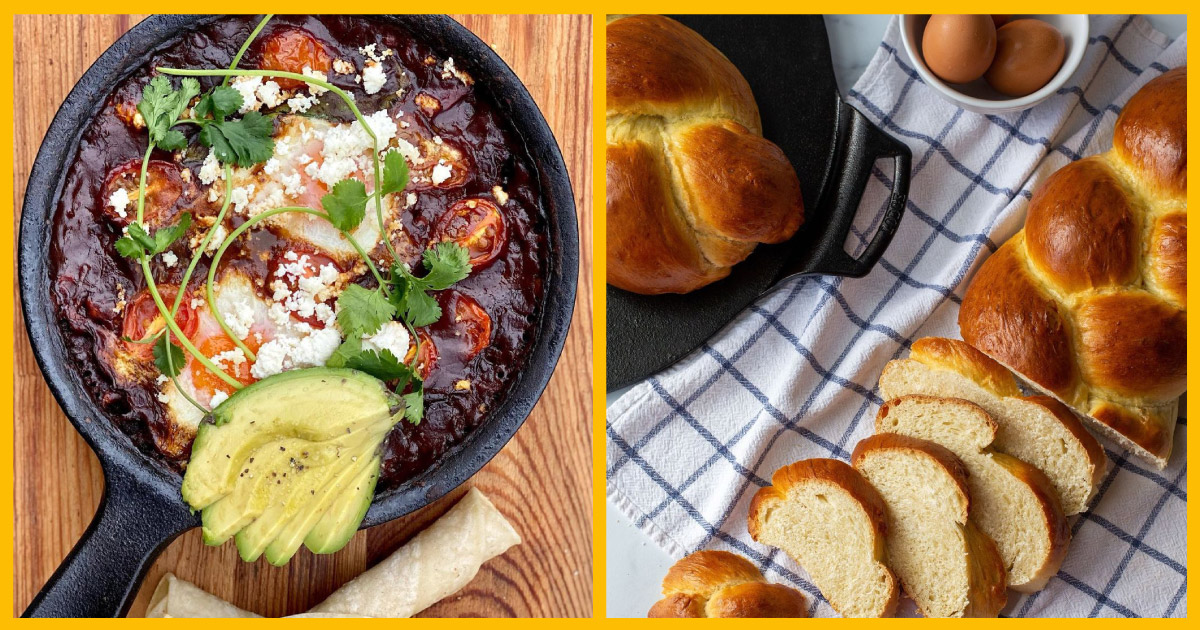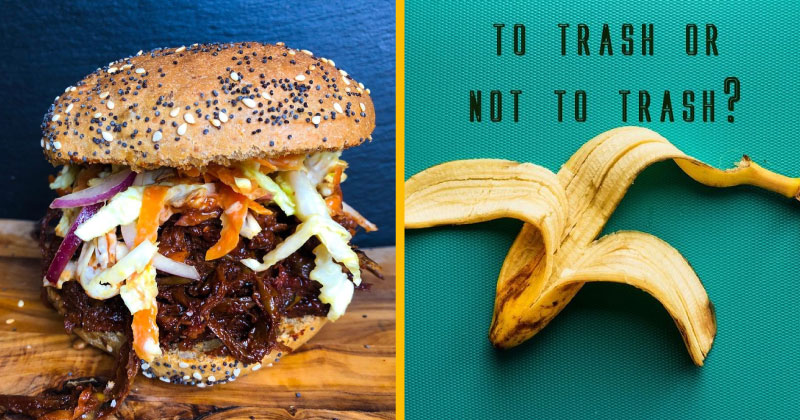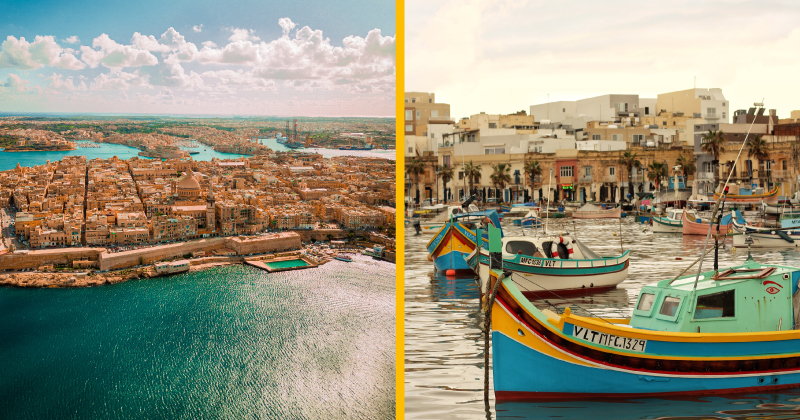Cast Iron Skillets: what they are and why you need one 🍳

The cast iron skillet is a piece of cookware that is probably in a league of its own when it comes to versatility. It can be used for pan-frying, searing, sauteing, baking, broiling, roasting and more. 😮
Why the hype? 💭
The cast iron skillet has been receiving lots of attention in recent years despite it being an age-old invention. And this is for good reason: it’s an incredibly useful and affordable pan that every home cooking enthusiast should have. The cast iron skillet is made out of very tough and durable material, and is guaranteed to last a long time and endure the beatings of the kitchen if you take care of it. Another huge advantage is that you can unproblematically scrape it with metal utensils, which is something you can’t do with other pans. 👌
Seasoning 🧂
The key to cast iron skillets: seasoning. This might sound confusing if you don’t know much about them or have never had one, but we’ll clarify in a second. Seasoning in this case does not mean salt and pepper, but a thin layer of polymerised oil. The process of seasoning a cast iron skillet involves heating it up over a stovetop to high heat, then rubbing with oil and letting it cool. This is repeated a few times, and the result is a layer that has attached itself permanently to the cooking surface through a chemical bond, and can resist scraping utensils and soap with ease.
The point of the seasoning is to contribute to the flavour of the food. It also enables you to get perfectly crispy or seared food without using excess oil. The seasoning also makes the skillet non-stick, in a way that’s much better for your health than chemical-laden non-stick pans. The seasoning is pretty indestructible, but to make sure it holds itself try to stay clear from acidic foods like tomato sauce, and always make sure that the skillet is totally seasoned without any missed spots.🥩
Hot stuff 🔥
What the cast-iron skillet isn’t very good at is heating evenly, but you can avoid that problem by giving it a good time to pre-heat. After that, an advantage of the cast iron is that it will maintain high temperature for a very long time, hence its usefulness in searing meats. In addition to this, the heat from a cast iron skillet radiates well off its surface, which means that the part of the food in contact with the pan isn’t the only part that’s getting cooked. This is particularly helpful when pan-roasting. 🍗
To soap or not to soap? 🧼
You can and should thoroughly clean the skillet after each use, but you should avoid letting it soak. Make sure to dry the skillet immediately after washing, and if washing with soap, you should re-season it with a layer or two after drying. You don’t have to do this every time you wash the skillet, though. A good way to know that it’s time to re-season your cast-iron is when your food starts sticking to it. 🧈
Versatility at its best 🔝
With a cast-iron skillet you can cook virtually anything, from breakfast frittatas to pan pizza, roast veggies or stir-frys. It’s an excellent choice for seared meats, seafood, burgers or anything else that you’d cook on a grill. Possibly the best and most surprising use for them is desserts: dutch baby pancakes, tarts, cobblers or crumbles, skillet cookies or brownies, cakes and breads - all because it can go in the oven as well as on the stovetop.
That’s pretty much what there is to know! Whether you’re well acquainted with the cast iron skillet, or we might have influenced you into buying your first one, we hope you enjoyed reading this article. 👋









Comments